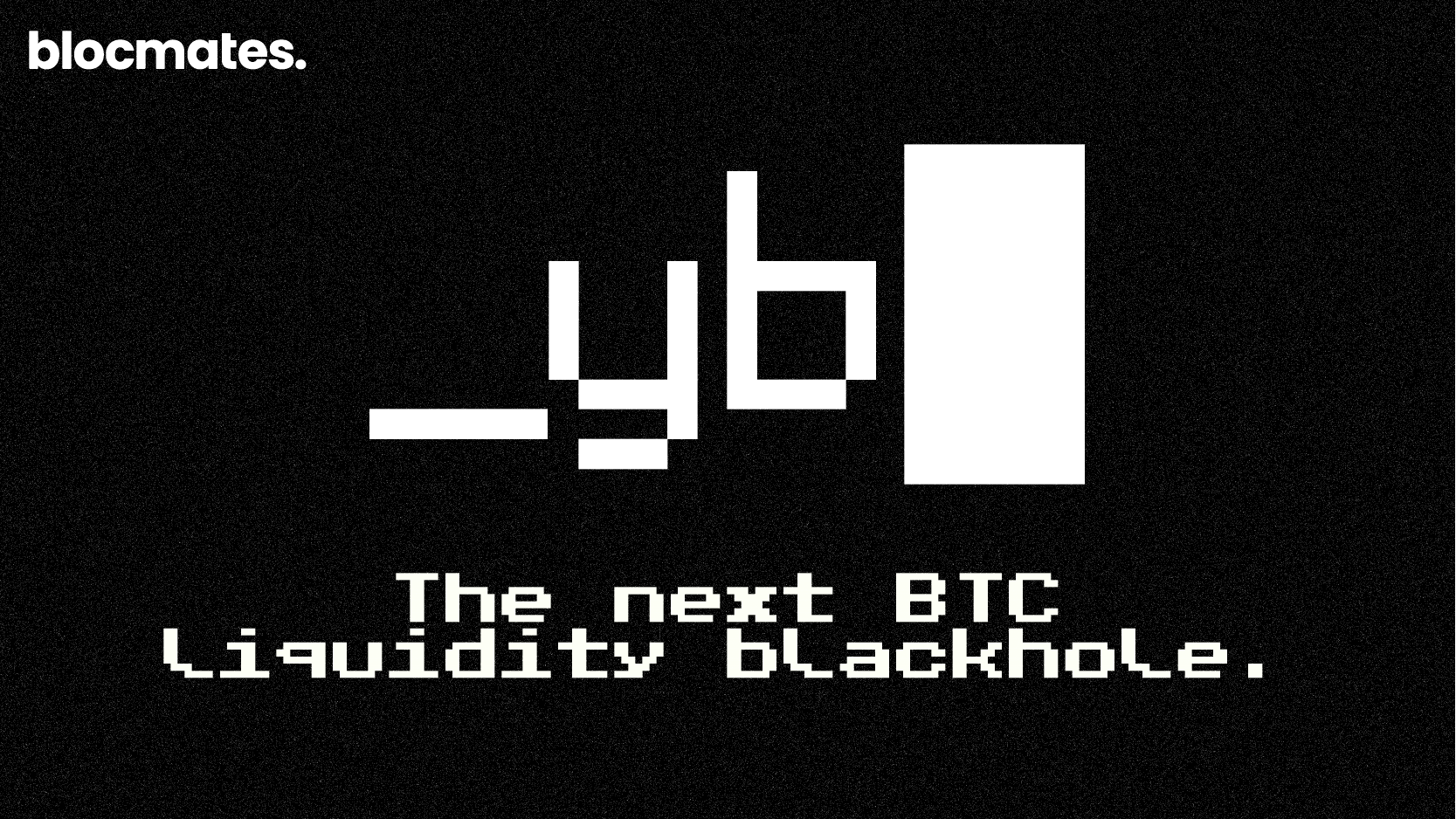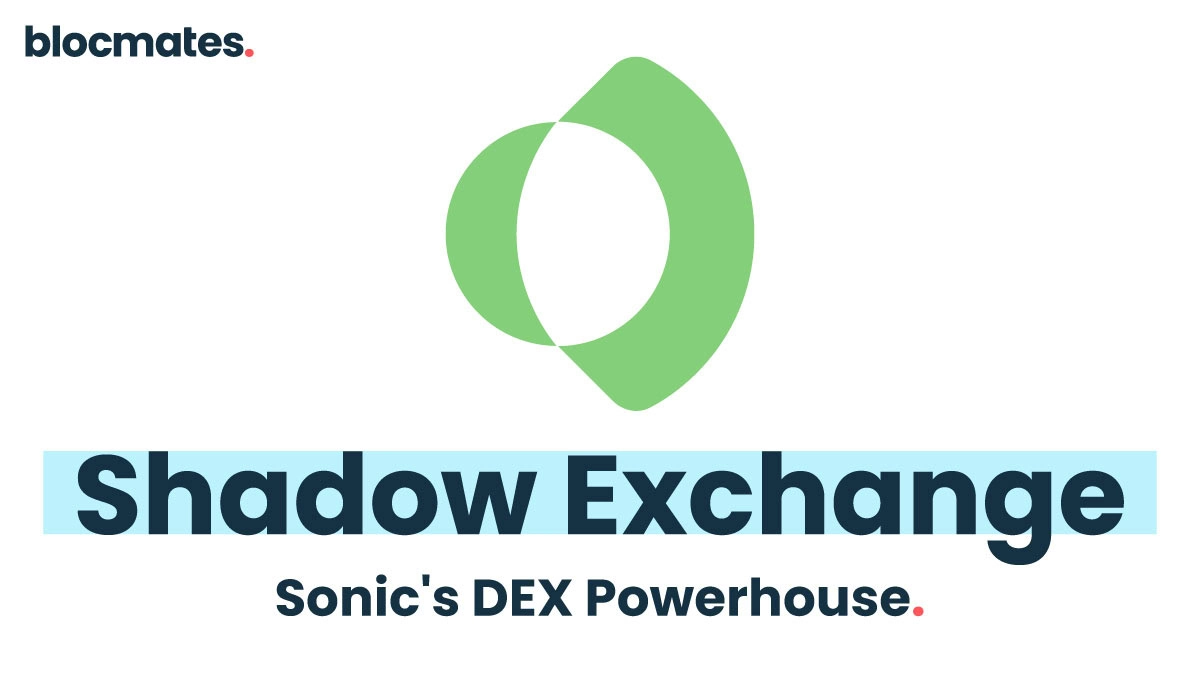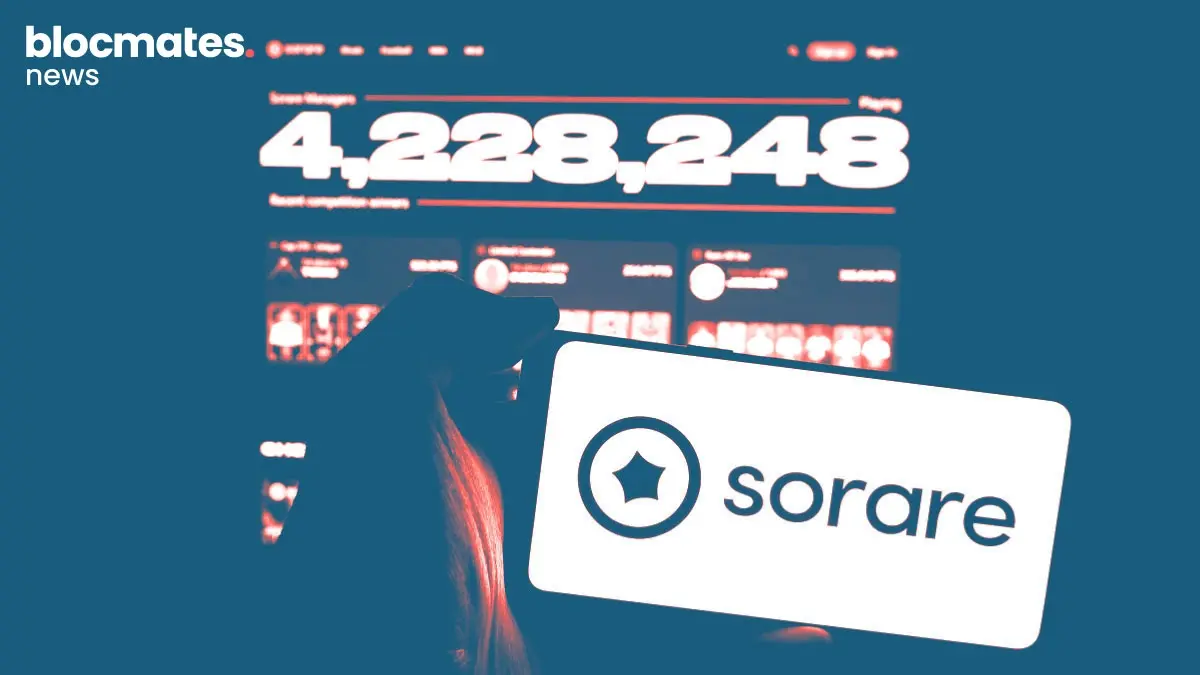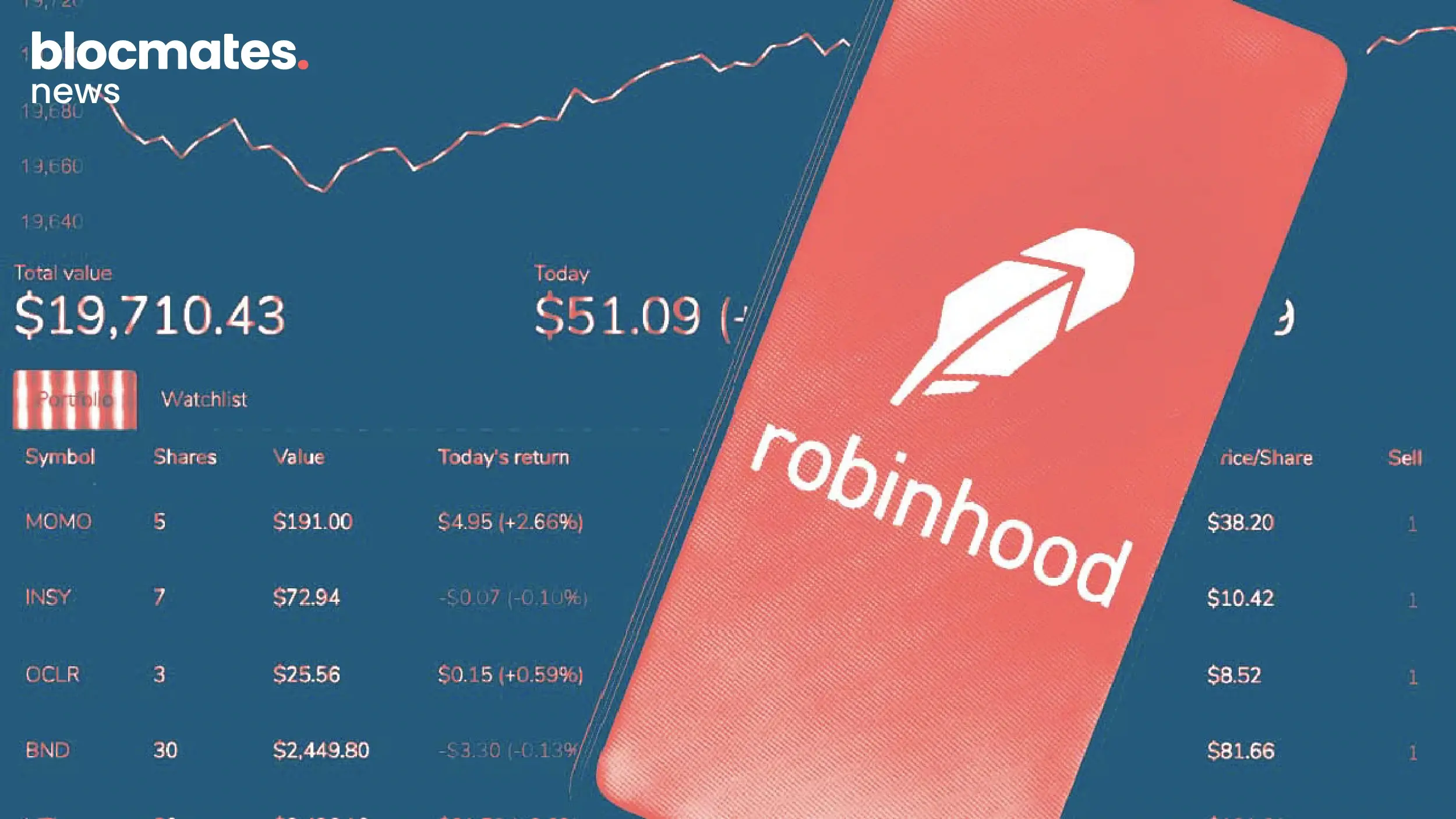The weekend of October 10 to 11, 2025, will go down as one of the most dramatic moments in crypto history.
While the week initially started as a record-setting rally, with Bitcoin breaking above $126,000 and the total crypto market value topping $4 trillion, it came crashing down in spectacular fashion after U.S. President Donald Trump’s abrupt announcement of 100% tariffs on Chinese imports and new export restrictions on software and AI technology.
The statement sent an instant wave of fear through global markets. Wall Street reacted first, the S&P 500 dropped 2.7%, the Dow Jones fell nearly 900 points, but the tremors soon hit crypto.
Within minutes, crypto assets suffered a violent flash crash that wiped more than $500 billion off the market. Bitcoin plunged from $122,456 to $102,000, a 16% dive that sliced through key support levels and set off a cascade of automated sell-offs.
Ethereum fell even harder, crashing 21% below $3,700, while the CoinDesk 20 Index tumbled 15%, marking crypto’s worst single-day meltdown since the 2022 FTX collapse.
This wasn’t deemed as an ordinary volatility. It was seen as a purge, a painful reset that exposed the market’s dependence on leverage and its fragility during thin weekend liquidity.
The ongoing U.S. government shutdown, which had already delayed key economic reports, only added to the uncertainty. By the dawn of October 11, the global crypto market cap had shrunk to $3.6 trillion, erasing months of gains in less than a day.
Liquidation armageddon: $19 billion gone, 1.6 million traders wiped out
The real devastation played out in the derivatives arena, where hidden leverage collapsed like a row of dominoes. According to data from CoinGlass, the weekend marked the largest liquidation event in crypto history, an astonishing $19 billion in positions wiped out within 24 hours.
That figure dwarfs both the $1.2 billion liquidated during the March 2020 COVID crash and the $1.6 billion tied to the FTX implosion, exceeding them by nearly tenfold.
Of the total, $16.7 billion came from long positions, bets placed by traders expecting prices to rise, which were obliterated by cascading margin calls. Bitcoin and Ethereum alone accounted for $2.6 billion of that liquidation wave, with over 1.6 million traders affected. For many, it was a total wipeout.
Hyperliquid traders, the fast-rising decentralized perpetuals exchange, suffered the heaviest blow. More than $1.23 billion in positions were liquidated across 6,300 wallets, including over 1,000 full account blowups and 205 traders losing more than $1 million each.
Centralized exchanges were hit hard as well, Binance deployed $188 million from its insurance reserves to stabilize markets, though its shared pool for BTC, ETH, and BNB contracts fell from $1.23 billion to $1.04 billion.
Adding fuel to the fire, whispers of insider activity began circulating. On X, users pointed to a single whale who reportedly netted $192 million from a $23 million short opened just minutes before Trump’s tariff tweet, prompting widespread accusations of front-running and insider knowledge.
Altcoin annihilation: the long tail gets leveled in a 33% flash plunge
While Bitcoin eventually clawed back to around $113,000 by Sunday, the rest of the market, particularly altcoins, was decimated. Excluding BTC, ETH, and stablecoins, the “long tail” of the crypto market collapsed 33% in just 25 minutes on October 10 before settling at a still-painful 10.6% overall loss.
Solana plunged 30% to $196, XRP fell 20% from $2.83 to $1.89, and meme tokens like Dogecoin and PEPE saw losses between 25% and 40%, with some momentarily crashing to near-zero prices before recovering.
On Binance, Enjin (ENJ) and Cosmos (ATOM) briefly showed absurdly low values, even $0.0000 and $0.001, due to glitchy price feeds during the panic.
Bitcoin’s dominance rose above 60%, signaling a flight to safety as overleveraged altcoins took the brunt of the damage. XRP, often seen as a tariff-trade proxy, fell 13.17%, while Solana’s high-beta momentum evaporated.
Analysts called the selloff “Darwinian,” as speculative assets were wiped out while blue chips like ETH held relative ground. Many now see the setup for a bifurcated recovery, where survivors like SOL and LINK could rebound, if Bitcoin stabilizes above key levels.
Peg peril: stablecoins stumble as USDe craters 38%
Even stablecoins, typically the market’s safe harbor, weren’t spared.
Ethena’s USDe, known as a “synthetic dollar,” collapsed 38% on Binance, dropping from $0.9996 to $0.6567 during peak volatility. Binance’s BNSOL and WBETH followed, slipping to $34.90 and $430.65 within a few minutes of chaos window.
These depeggings stemmed from a mix of oracle feed errors and redemption bottlenecks. Data providers Chainlink and Pyth reportedly delivered faulty prices during the frenzy, triggering mispriced trades and erroneous liquidations across DeFi protocols.
Meanwhile, the fiat-backed giants USDT and USDC held firm above $0.99, offering some stability. Still, the event exposed a deep weakness in synthetic stablecoins: their reliance on derivatives-based hedging, which can unravel during extreme volatility.
Exchange endurance test: chaos, halts, and deFi resilience
The market’s plumbing was also pushed to its limits. Centralized exchanges (CEXs) buckled under unprecedented pressure, as August’s $9.72 trillion in trading volumes gave way to mass system stress.
Binance, the largest CEX, entered “emergency mode,” freezing accounts and failing to execute stop-loss orders. Users complained of manipulation and halted withdrawals, particularly around depegged assets like USDe, BNSOL, and WBETH.
In response, Binance co-founder Yi He issued a public apology, promising case-by-case compensation for verified technical losses, though not for market-driven ones. The exchange also announced new safeguards, such as minimum price thresholds for synthetic assets.
Coinbase reported trade latency and brief halts but recovered faster, while Crypto.com CEO Kris Marszalek called for regulatory probes into what he described as “fairness of practices” across major platforms.
In contrast, DeFi protocols stood tall. Uniswap processed $10 billion in trading volume without downtime. Aave smoothly liquidated $180 million in collateral, and Solana hit 100,000 TPS peak throughput without congestion.
Even Hyperliquid, despite $10.3 billion in wiped positions, processed everything fully on-chain, highlighting the growing resilience of decentralized infrastructure.
Human toll and hidden hands: coping in the wake of a $19 Billion bloodbath
Beyond numbers and charts, the human toll was immense. Over 1.6 million traders,many small investors chasing perpetual DEX airdrops, saw their portfolios decimated overnight. X was flooded with stories of despair, margin calls, and lost life savings.
The Fear & Greed Index plunged to 31 (extreme fear), RSI averages fell to 28 (deeply oversold), and the Altcoin Season Index dropped to 32, signaling a chilling reset in sentiment. The tragedy deepened with reports of Ukrainian influencer Konstantin Galish’s suspected suicide, casting a dark shadow over the weekend.
Meanwhile, opportunists moved quickly. A meme named after him was created following the tragic incident.
Bitmine scooped up 41,421 ETH ($158M) during the dip, the “7 Siblings” whale cluster borrowed $40 million USDC on Aave to buy 4,810 ETH, and an ancient BTC address flipped a $21M paper loss into $26.5M profit. Institutions weren’t deterred either, ETFs logged $5.9 billion in inflows amid the wreckage.
As one trader posted: “Weak hands are gone (...), buy when everyone is crying and fear is at its peak, that’s when real wealth is created.”
Dawn of the reset: from panic to possibility
By October 13, the dust had started to settle. At the time of writing, Bitcoin hovered around $115,097, up 3% in 24 hours; Ethereum rebounded to $4,162, gaining 8.6%, and total crypto market cap crawled back above $4 trillion, up 5% on the day.
Bitcoin’s continuous increase dominance pointed to a BTC-led recovery, but whispers of a selective “altseason” persisted. Veteran traders argued that projects with real fundamentals could 5–100x once the leverage flush completed.
Institutions continued to scale up tokenized asset exposure, expected to reach 10–24% of portfolios by 2030, while potential Fed rate cuts loomed as the next bullish catalyst.
If there was one takeaway, it is that the crash, if it was a stress test, DeFi aced it. Uniswap’s $10 billion volume for instance proved the tech’s resilience, while centralized venues faced quite the opposite.
However, risks still linger: a possible retest of Bitcoin’s support key level, further tariff escalations, and deepening CEX distrust could prolong volatility.










.webp)

.webp)
.webp)

%20(1).webp)



























































%202.webp)


.webp)

.webp)
.webp)
.webp)



.webp)












%20the%20Next%20Big%20Unlock%20in%20AI.webp)









.webp)
.webp)

.webp)
.webp)
.webp)


.webp)
.webp)










.webp)


.webp)









.webp)







.webp)




.webp)







.webp)















.webp)






.webp)















.webp)

.webp)
.webp)

.webp)















.webp)

.webp)


.webp)








.webp)






